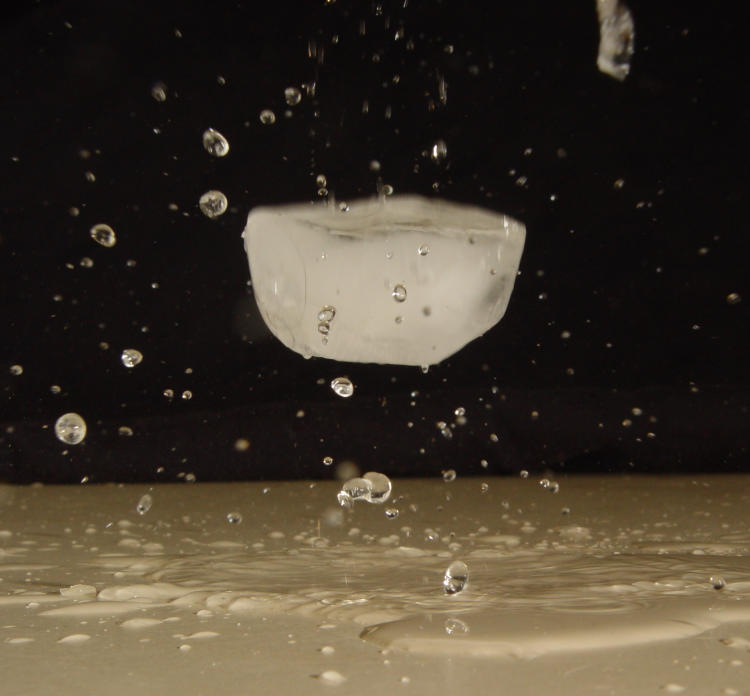I haven’t been shooting much recently, and a longer post in is the works but might be some time yet, so we have a little trivia for the moment.
The post title was the topic of a photo challenge thing I was participating in nearly twenty years ago – god I’m old (it just doesn’t seem like that long ago, but this is from 2004, so…) The premise was, every two weeks we’d get a simple mandate, chosen by round-robin among the participants, and we’d see how each of us would decide to interpret it. As usual, I considered a few different options before settling on my final choice, then set about trying to successfully portray it. This was in Florida, in May, so the more obvious interpretations were off the table.
At the time I was using the borrowed Sony F717, and here’s the thing about the earlier digital cameras: they had a shutter lag, a brief delay between pressing the shutter release and when the photo would actually be taken. This was measured in mere fractions of a second and wasn’t variable, but when it came to crucial timing, this had to be taken into account – or otherwise dealt with. What I had planned required timing down to milliseconds, as well as an exceedingly brief exposure (‘freezing’ the action,) not to mention that I had to trigger the event and the camera manually, not quite at the same time. So it was time to get tricky.
The thing about exposure is, it does not have to be controlled by the shutter; the shutter is just a manner of letting in the right amount of light, but this can be done in other ways. I arranged my set and materials and posted a strobe unit on a light stand close to the subject, then turned off all the lights (it helped that I decided to do this at night so turning off the lights made everything quite dark.) I then set the shutter speed on the camera for a few seconds. Get everything ready, trigger the camera, initiate the event, then trigger the strobe almost immediately afterward. The brief duration of the flash served as the exposure while simultaneously freezing the event at a crucial point.
I’m being vague, so let’s see what I’m talking about.

The ice cube was a given of course, but I wanted the splashing water droplets, so I had to drop it into a small puddle of water and catch it as it rebounded; very fine timing between dropping it and triggering the strobe just after it bounced. I probably don’t need to say this, but it took a lot of tries, dozens I think. A few would have been successful if the ice cube hadn’t spun madly from hitting the counter obliquely, blurring it even in the brief flash duration. Each time, I had to ensure that there was an adequate water puddle beneath it, so frequent wipe-downs and re-dribblings were required. After the initial tests, I realized the water drops would show better against a dark background and used a piece of black plastic for the backdrop. A few tests were even spent determining the proper flash strength – strobes with manually variable output are immensely useful at times, but if you lack one, remember that distance and angle can adjust the light levels, as well as something as simple as a tissue over the flash head. It would also have looked better with a truly cubic ice cube, and/or a clearer one, but this is what came out of the plastic tray in the freezer.
Did all this effort garner me money and acclaim and swooning women? Yeah, right. I think some people liked it, but I don’t recall anyone being blown away, and the numbers of newborns named, “Al,” did not jump in the following year, so make of that what you will.




















































